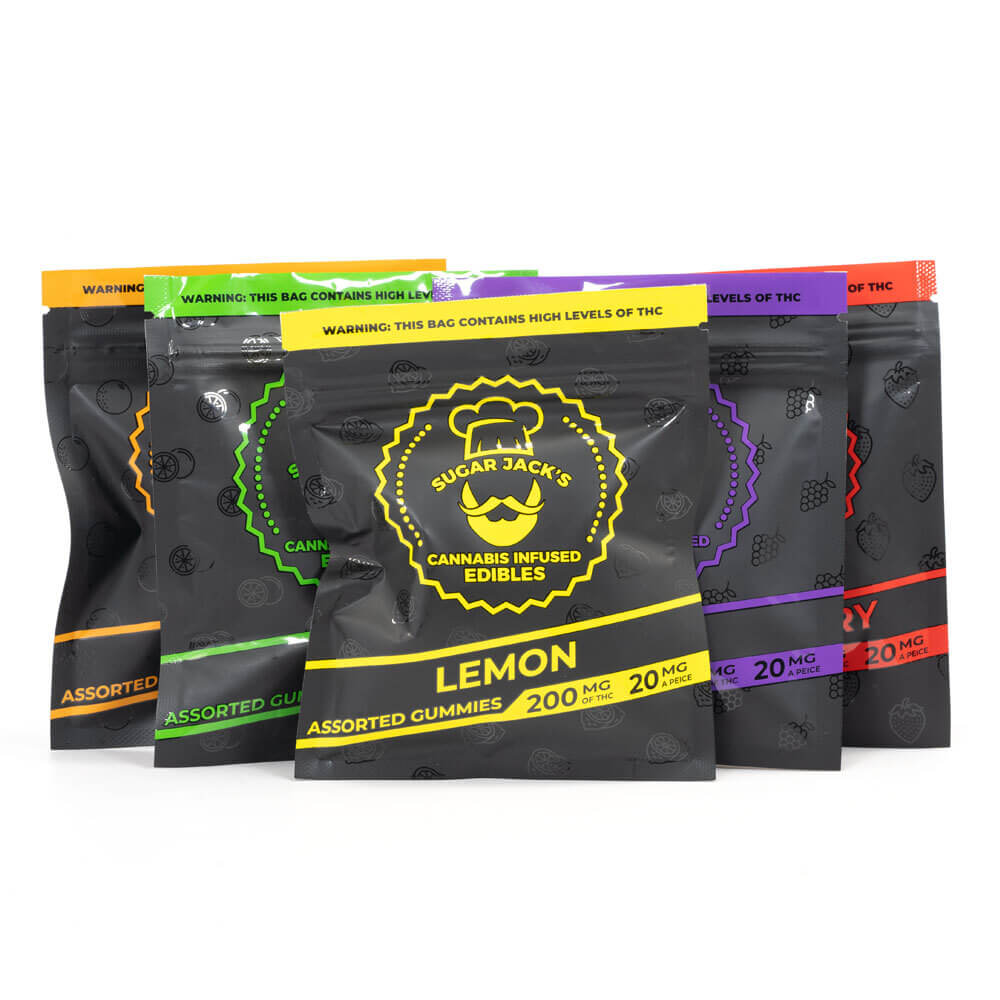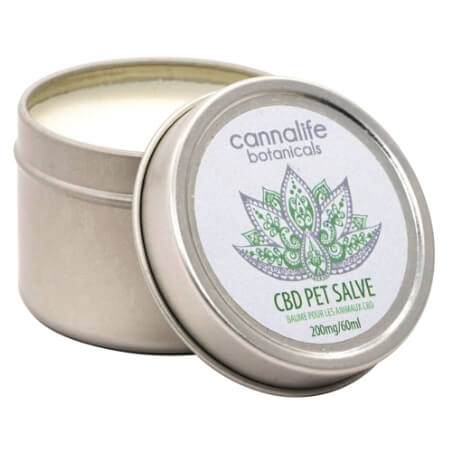No products in the cart.
Driving Under the Influence: Cannabis Edition
12 Sep 2019

Canada has approximately 34 million registered motor vehicles, with drivers on the road as young as 14 years old. Now, the country must now act to address the enigma and the potential public health hazard regarding driving under the influence of cannabis.
As cannabis prohibition continues to die out, a growing number of countries around the world have declared cannabis as decriminalized. As such, they are now allowing medical marijuana prescriptions or are stopping the enforcement of laws against cannabis entirely. In 2018, Canada’s federal government joined Uruguay as the only other country on the planet to fully legalize cannabis.

Research continues to display the potential benefits and concerns the plant may present. So law enforcement agencies must now seek to implement more accurate tests for “high driving.”
Pioneers of cannabis liberty, such as Colorado, have placed laws prohibiting “high driving” that model the current alcohol model. This establishes a number system based on bodily samples (urine/blood/breath) to distinguish if a person is too intoxicated to drive.
The most common and notorious measure of driving under the influence (DUI) for alcohol is the breathalyzer. This device measures estimated blood alcohol content (BAC). A BAC reading of 0.08% or higher is a legal marker for alcohol intoxication that suggests you are unfit to be driving a motor vehicle.
After decades of research and debate, the unanimous conclusion that a BAC of 0.08% or above impairs the driver to an unsafe level was universally accepted. This lead to the regulation of drunk driving we see today. Additionally, it’s now firmly part of criminal prosecution procedures.

The development of driving under the influence laws for cannabis
The BAC principle inspired cannabis laws that correspondingly qualify a driver for a cannabis DUI if the driver is found to have 5 nanograms of THC per milliliter in their blood. While this numeric method may appear sensible, the distinct physiological characteristics of alcohol and cannabis must be considered.
Cannabis can be detected in bodily fluids for weeks after consumption, long after the effects have worn off. Currently, there are studies analyzing methods to determine safe levels of cannabis intoxication including breath tests, saliva tests, blood markers, as well as behavioral tests.
However, we have yet to establish a universal primary option to use.

What does the data say?
Any amount of cannabis consumption may place you at risk of driving impaired. Yet the data to support the increased dangers of driving after consuming cannabis remain quite mixed.
Current research suggests that people who drive immediately after cannabis use (smoking) double their risk of getting into an accident. These same studies conclude that the effects of THC on driving are strongest during the first hour.
The College of Family Physicians of Canada provides the following guidelines to avoid driving under the influence of cannabis:
- Wait at least four hours after inhalation.
- Drive only after waiting at least six hours after oral ingestion (i.e. edibles).
- Wait at least eight hours after inhalation or oral ingestion if you experience euphoria.
A completely different take:
Adversely, some research poses a strong argument for cannabis as a performance enhancer, potentially allowing some people to more safely participate in driving tasks after cannabis consumption.
Growing evidence continues to display the dose-response relationship when it comes to cannabis intoxication. The variables are many in number, which makes developing an objective measure of cannabis intoxication troublesome. Respected cannabis maven Leafly now acknowledges nearly 800 different strains of cannabis. They all possess different chemical qualities and mental/physical health potentials.

Variances between strains
When cannabis is grown, based on careful calculation and planning, one of three types of cannabis will be created: Sativa, Indica, or hybrid.
- Indica strains offer a sedating/relaxing effect.
- Sativa strains offer refreshing cerebral effects and are generally best utilized before participating in physical activity, social settings, or creative/art ventures.
- Hybrids strains can inherit potential effects from both sativa and indica plants. This allows growers to target desirable traits from different strains.
These variances result in a plethora of different outcomes when it comes to individual consumption. Of course, this complicates the driving under the influence policies for cannabis.

Conclusion
Nonetheless, driving under the influence of cannabis poses similar risks as drunk driving. It’s just not as easy to delineate. Lacking the innovation to set a limit, measure objectively, and abide by set laws, law enforcement is currently using subjective decisions by observing an individual’s impairment.
Continued research and education is necessary to improve the safe and therapeutic consumption of cannabis. In the meantime, be cautious, use your best judgement and abide by the laws in place to avoid harming yourself and others.
Lastly, persist in staying updated and informed on the shifting cannabis landscape as the cannabis revolution continues to unfold.
References:
- https://www.codot.gov/safety/alcohol-and-impaired-driving/druggeddriving/marijuana-and-driving
- http://www.npr.org/sections/health-shots/2016/09/06/492810932/the-difficulty-of-enforcing-laws-against-driving-while-high
- http://www.npr.org/sections/health-shots/2016/02/09/466147956/why-its-so-hard-to-make-a-solid-test-for-driving-while-stoned
- https://www.nytimes.com/2017/04/13/world/canada/trudeau-marijuana.html
- http://www.statcan.gc.org/tables-tableaux/sum-som/l01/cst01/trade14a-eng.htm
- https://www.drugabuse.gov/publications/research-reports/marijuana/does-marijuana-use-affect-driving
- https://www.orgnnimed.org/pages/faq
- http://globalnews.org/news/2978925/what-happens-when-youre-caught-driving-stoned-canadas-supreme-court-may-soon-tell-us/
- http://www.leafscience.com/2016/05/22/5-facts-marijuana-driving-high/
- https://www.ncbi.nlm.nih.gov/pubmed/18054598
- http://graphics.latimes.com/marijuana-strains/
- https://www.greenrushdaily.com/difference-indica-sativa-marijuana/
- https://www.leafly.com/news/cannabis-101/sativa-indica-and-hybrid-whats-the-difference-between-cannabis-ty
- http://www.leafscience.com/2016/05/22/5-facts-marijuana-driving-high/





